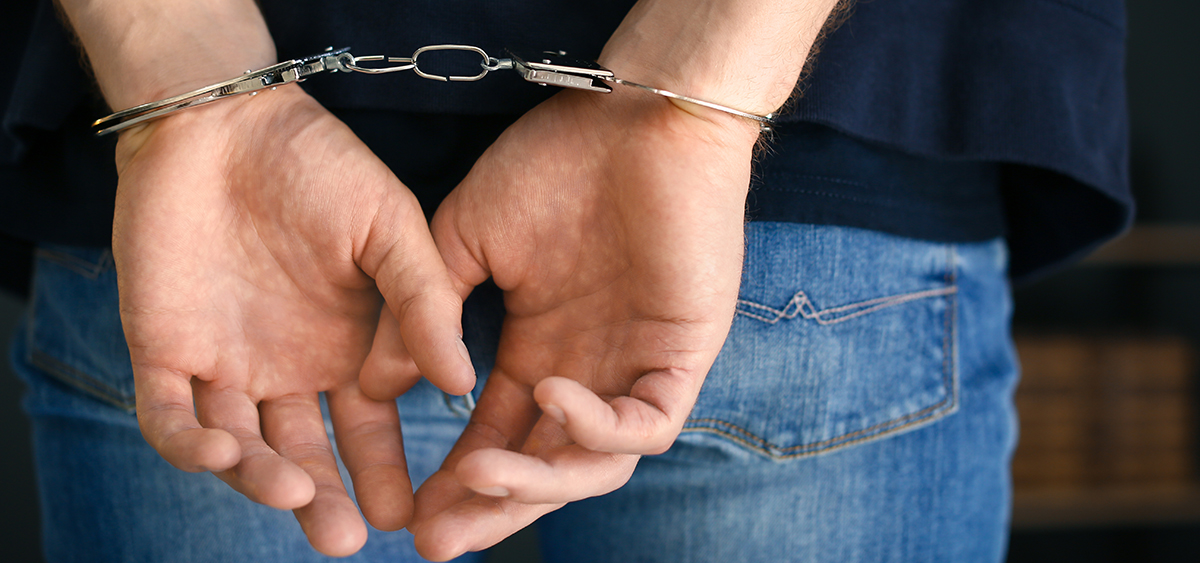Usually, a person charged with a crime (the accused) will be released while waiting for their trial. However, a judge may decide that the accused should remain in custody. This means that the accused will have to stay behind bars until their trial is over. The judge will make that decision at an “interim release hearing”, also called a “bail hearing”.

When a detained accused first appears before a judge, they may ask to be released
A person who has been arrested and detained by the police must be brought before a judge as soon as possible. This step in the process is called an “appearance”.
At this appearance, the prosecutor may object to the accused’s release. The accused may then request an “interim release hearing”. This is more commonly known as a “bail hearing”. This means that a judge will decide whether to release the accused until their trial.
A bail hearing is not a trial. The judge does not need to determine whether the accused is guilty or innocent. The accused does not need to defend themselves against the criminal charge.
Release or detention is up to the judge
At the bail hearing, the judge will decide whether the accused should be released or remain in custody until their trial is over.
If the accused is released, he or she will generally have to comply with certain conditions until trial. For example:
- not contacting the victim or other people in connection with the offence;
- not going to certain places
- not possessing firearms.
If the accused does not comply with the conditions imposed by the judge, the accused could be arrested again and charged with a new offence.
Three reasons why an accused could be held in custody until trial
The judge may decide that an accused should remain in custody for one or more of the following three reasons:
1. The accused will likely not appear in court
The accused presents a flight risk or is unlikely to show up for the next step in the judicial process. For example, the accused has no ties or fixed address in Canada.
2. Detaining the accused is necessary for the protection of the public
The accused is likely to commit a criminal offence if released from custody. For example, the accused is likely to re-offend or will not comply with their bail conditions.
3. The public would be outraged if the accused was released
The public would lose confidence in the justice system if the accused was released. For example, if the crime committed was very serious or violent or if the evidence against the accused is overwhelming.
What happens at a bail hearing
First, the prosecutor presents the evidence against the accused
At the bail hearing, the prosecutor must normally convince the judge that the accused should remain in custody until trial.
However, in some exceptional cases, the accused must convince the judge that they should be released. For example, if the accused is charged with a serious crime such as drug trafficking or if the accused was already facing criminal charges and failed to comply with various conditions.
The prosecutor must summarize for the judge the criminal charges against the accused and explain why the accused should remain in custody until trial.
To convince the judge, the prosecutor may sketch a picture of the accused’s personal circumstances and describe their lifestyle, usual activities, criminal record, etc. The prosecutor could also call witnesses such as the police officer handling the case.
The accused can respond and provide a “surety”
When the prosecutor has finished presenting their evidence, the accused is entitled to respond and testify to present a different picture from the one presented by the prosecutor.
A relative or friend of the accused may also testify in their favour. That person may promise to the judge to supervise the accused. They could also deposit a sum of money as a guarantee that the accused will comply with their bail conditions. If accepted, the relative is “standing surety” for the accused.
The prosecutor and the accused then submit their arguments to the judge, who will decide whether to release the accused until their trial.







